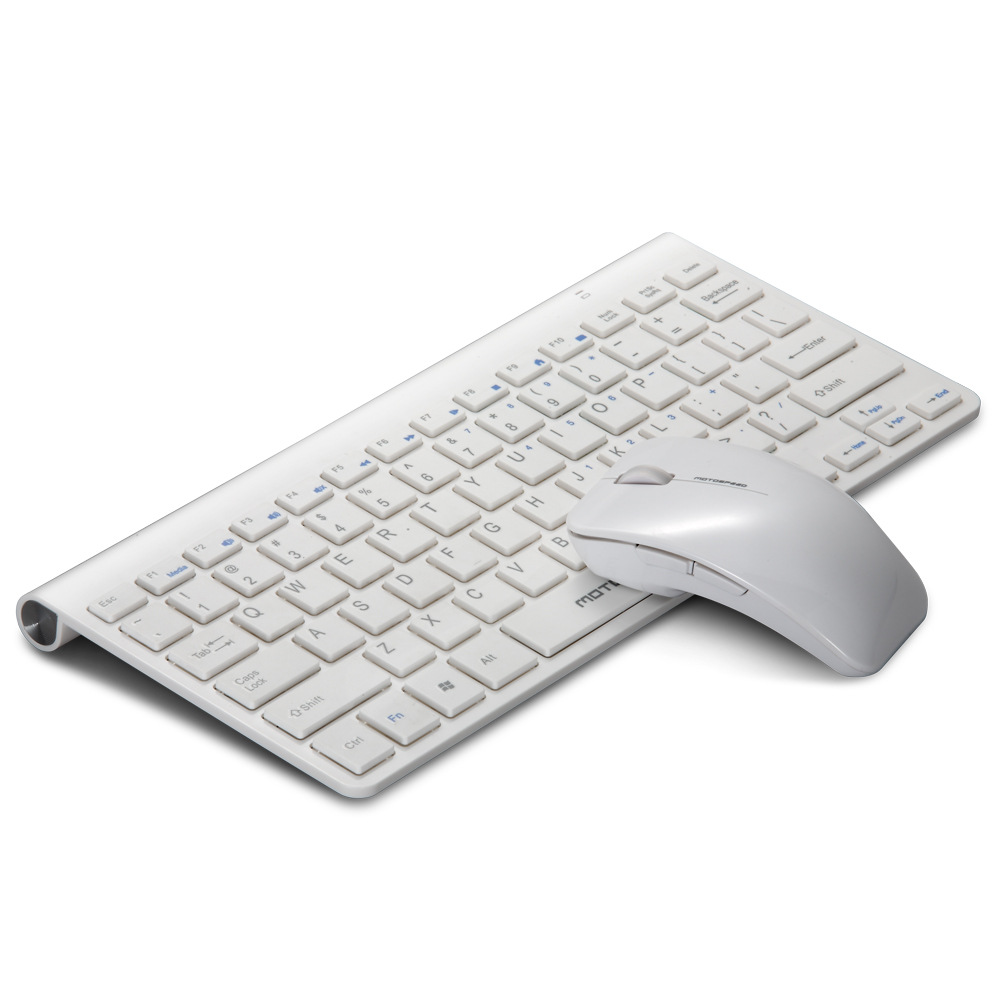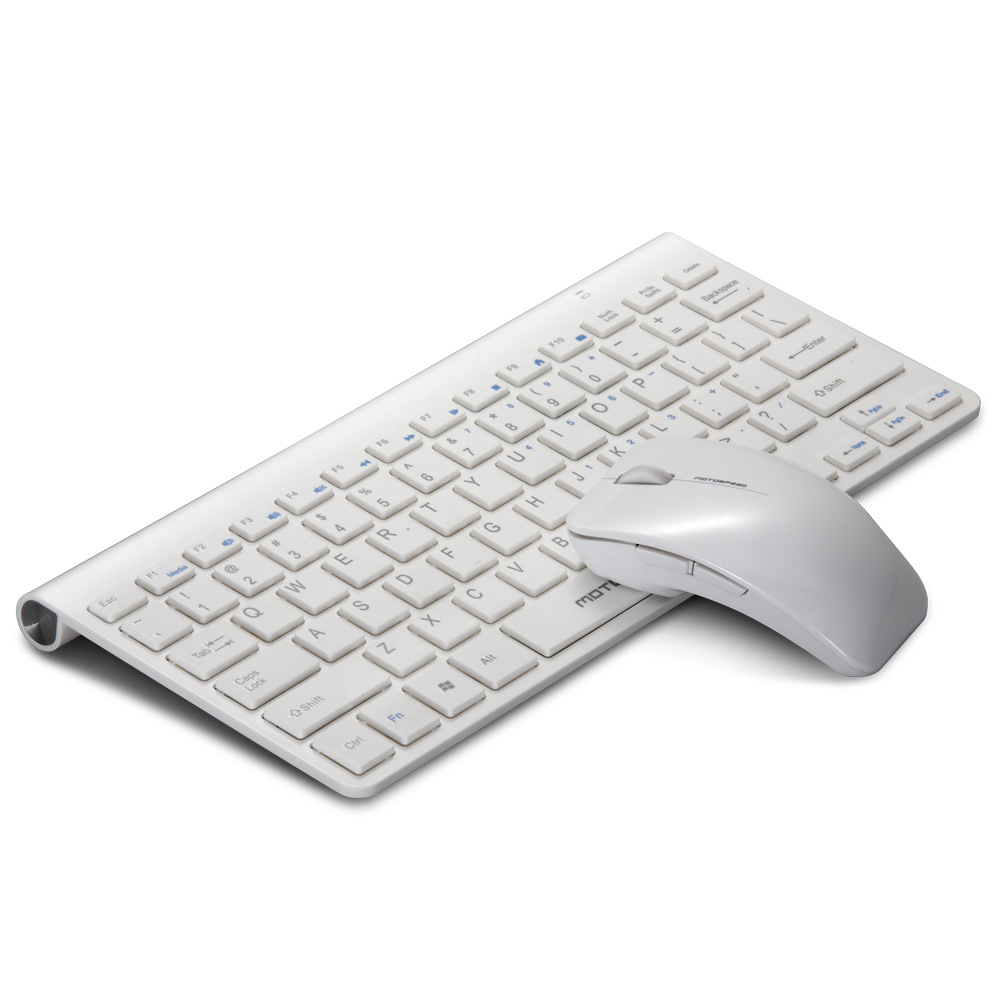
basic introduction
Microscopic analysis is the use of high-end analytical equipment such as optical microscopes and electron microscopes to observe the types of constituent phases and structural components inside metals and their relative quantities, sizes, morphologies, and distribution. The performance of the material depends on the internal organization state, and the organization depends on the chemical composition and processing technology. Heat treatment is an important process to change the organization. Therefore, microscopic analysis is an important method for the inspection and control of the quality of the material and heat treatment. Microscopic analysis involves many types of samples, including metallurgical and geological samples, electronic materials, ceramics and microscopic analysis of various surface contaminants.
Main analysis items
Surface micro-topography analysis
Surface contaminant analysis
Micro-component analysis
Phase structure analysis
Texture analysis
Metallographic analysis
Coating thickness test
Three-dimensional measurement
Analysis significance
Use microstructure analysis to examine changes in alloying elements, composition and their relationship with changes in microstructure:
The change law introduced by hot and cold processing to the organization;
Metallographic inspection can also be used for quality control, product inspection and failure analysis of products.
Therefore, the inspection of the microstructure of the material is a key link in the quality control of the material.
Our advantage
1. With a professional qualification and experienced expert technical team, we can provide you with professional consultation and services.
2. Have advanced laboratory equipment to ensure the accuracy and reliability of test data.
3. As a third-party testing and certification organization trusted by customers worldwide, we are your certificate of quality.


Wireless keyboard TELEC certification is a mandatory certification in Japan for wireless transmission equipment, with the full name being Technical Standards Conformity. This certification is implemented in accordance with Japan\'s Radio Law, aiming to ensure that wireless keyboards and other wireless devices comply with the technical standards and regulatory requirements of the Japanese market.

If a company is planning to export wireless keyboards to Canada, then ISEDIC certification is definitely a key focus you need to pay attention to! ISEDIC certification is a mandatory requirement of Industry Canada for wireless devices, and products that have not been certified will not be able to enter the Canadian market.

The TELEC certification for children\'s watches is a necessary condition for this product to enter the Japanese market. TELEC (Telecom Engineering Center) certification is a mandatory certification for wireless equipment in Japan, aimed at ensuring that the equipment complies with Japanese radio regulations.
Microscopic analysis is the use of high-end analytical equipment such as optical microscopes and electron microscopes to observe the types of constituent phases and structural components inside metals and their relative quantities, sizes, morphologies, and distribution.
Get a quote